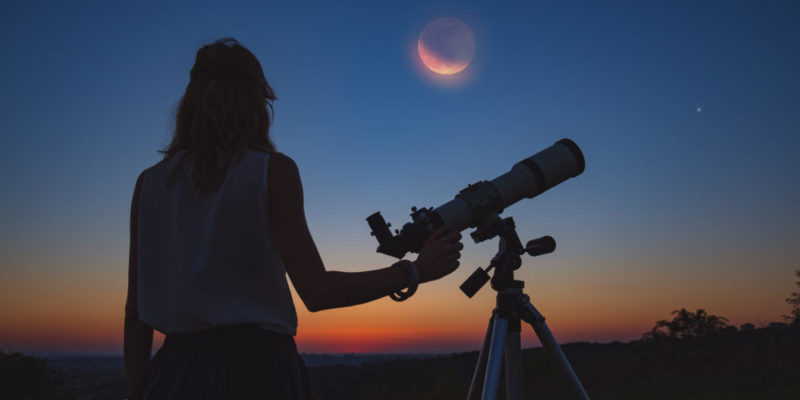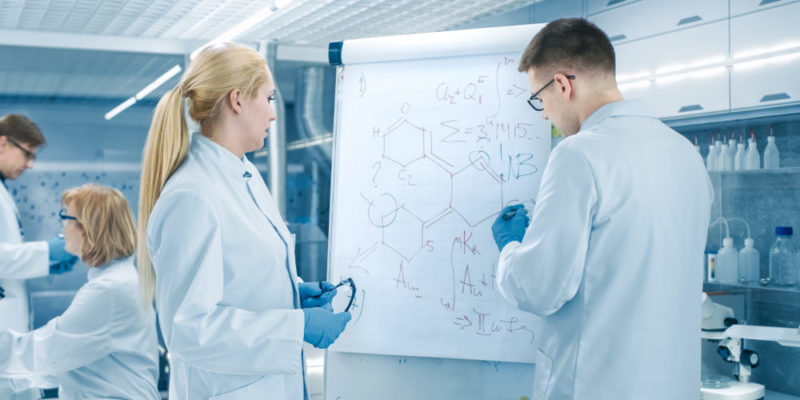We explain what the natural sciences are and the branches that make up this science. Also, its general characteristics, research, and more.
What are Natural Sciences?
Science is the set of knowledge that is obtained through reasoning and observation and is characterized by the postulation of general laws. The natural sciences, for their part, have as their object of study nature and approach it through the scientific method, that is, experimentally. They are oriented to the physical aspect of the world.
Natural sciences are based on logical reasoning, in this sense, they interact with formal sciences, in the same way, they do with applied science when they experiment, even so, they are part of what is called "basic science", which means that they do not They have immediate practical purposes but are specifically defined by wanting to achieve a fundamental knowledge of reality for its own sake. Its characteristic area is the university.
Characteristics of natural sciences :
Branches
 There are two categories in which the natural sciences, physical sciences and biological sciences are grouped:
There are two categories in which the natural sciences, physical sciences and biological sciences are grouped:
- Physical sciences. We find astronomy , occupied with the study of celestial bodies, geology, whose object is the rocky matter of terrestrial and celestial bodies, chemistry, which analyzes the composition of elements and properties of matter, and physics, which studies space, time , matter and energy , in their relationships.
- Biological Sciences. We find biology , whose object is living beings in general, inquires about their origin and properties, questions related to morphogenesis, pathogenesis, reproduction , among others.
History
 It can be found in the past, decisive features that will shape the history of natural sciences. Aristotle had achieved a "physical" view of the world by referring to ousia (substance) as a set of matter and form in Categories . In the seventeenth century, Tournefot, made a classification of the plants that had diffusion. Malpighi, an Italian, dissected plants and described their structure.
It can be found in the past, decisive features that will shape the history of natural sciences. Aristotle had achieved a "physical" view of the world by referring to ousia (substance) as a set of matter and form in Categories . In the seventeenth century, Tournefot, made a classification of the plants that had diffusion. Malpighi, an Italian, dissected plants and described their structure.Vesale, in Belgium, around the s. XVI, carried out the task of dissecting corpses of those executed, thus inaugurating the Human Anatomy . In 1628, Harvey discovered the circulation of the blood . Later, the vessels through which chyle circulates were discovered, while a dog was being dissected .
Comparative anatomy began when the animal and human body began to be observed together, finding similarities and differences. Malpighi was one of the inaugurators.
With the advent of the microscope , the observation took on a different tone. Just as the telescope allowed the observation of distant phenomena , the microscope allowed us to observe the smallest elements that were beyond human vision . Swammerdam analyzed the metamorphoses of insects and found that they functioned according to the same laws that governed development in animals. Thanks to Leeuwenhoek, met globules blood , infusorians and began studying the arteries and veins.
But medicine was still tied to Greek concepts and it was believed that the reason for diseases lay in the humors , so they continued to carry out treatments such as bleeding, purgatives, etc.
More time would have to pass, modernity be reached for the natural sciences to consolidate as science, that is, to acquire systematicity, unity and detach themselves from philosophy and religion.
Systematicity
Like all science, natural sciences are systematic, this means that they are organized in their searches and articulate results . All knowledge in principle "partial" is included within a totality and this tends to expand.
Rationality
 The inquiry about the physical world is done rationally . This means that, in addition to exploration, it is known through concepts. The concept unifies contents of the experience.
The inquiry about the physical world is done rationally . This means that, in addition to exploration, it is known through concepts. The concept unifies contents of the experience.
Experimentation
The experimentation analyzes the phenomena, it is typical of the laboratories. The natural sciences often use experimental tests, for example cell analysis , and so on. The scientific method contemplates the passage to the empirical and the measurement to obtain results.
Objectivity
Objectivity is intended to achieve the "impartial gaze" , that is, to know the objects of the physical world as they are and not as we would like them to be.
Nature
 Nature refers to life and the phenomena of the physical universe . It is the object of study of the natural sciences. In its origin, the term appealed to the property of things. The concept of nature as a whole is relatively recent, this transformation is linked to scientific development.
Nature refers to life and the phenomena of the physical universe . It is the object of study of the natural sciences. In its origin, the term appealed to the property of things. The concept of nature as a whole is relatively recent, this transformation is linked to scientific development.
Teaching in schools
The teaching of natural sciences is part of the school curriculum, both at the primary and secondary levels. Encourage Thought ent scientific , give consistency to the curiosity of infants and encourage skills for problem solving.
Difference between natural sciences and social sciences

Investigation and development
The objective of basic science research - of which the natural sciences are part - is the achievement of goals that do not pursue an eminently practical purpose. Its objective is to extend knowledge through the means of hypothesis testing to provide support to theories.The above content published at Collaborative Research Group is for informational and educational purposes only and has been developed by referring to reliable sources and recommendations from technology experts. We do not have any contact with official entities nor do we intend to replace the information that they emit.
Veronica is a culture reporter at Collaborative Research Group, where she writes about food, fitness, weird stuff on the internet, and, well, just about anything else. She has also covered technology news and has a penchant for smartphone stories. .
Leave a reply
Your email address will not be published. Required fields are marked *Recent post

Sport: What Is It, Types, Risks, Features, Characteristics and Examples

Dogs: Emergence, Features, Characteristics, Feeding and Breeds

Story: Definition, Elements, Structure, Features and Characteristics

